|
I overlooked Mugwort (Artemisia vulgaris) for many years as an herbalist. It’s not super common in herbal texts and neither is it a very showy plant. But herbs have an uncanny ability to come to you exactly when you need them. This was Mugwort for me. I started growing her in my garden this past summer and soon realized that this seemingly humble plant is actually quite magnificent. My Mugwort grew to be about 5 feet tall with a firm stalk and stunning silver-green leaves that shimmer in the wind. She was constantly covered with pollinators and stayed lush during our lengthy drought when other plants withered. Though tiny, her dainty white flowers hold both a floral and woodsy aroma unlike anything I’ve smelt, yet also smelling like my childhood (or past lives?) at the same time. A plant I had erroneously perceived to be lack-luster is now a star in my herbal apothecary! Mugwort is lovely to use in teas, smoke blends, and incense, but I’m currently really enjoying her as an infused oil. Thus, this post. Below you will find a brief Materia Medica on Mugwort and a simple, foolproof recipe for an infused oil using fresh Mugwort aerial parts. Mugwort Materia MedicaName: Common Mugwort, Artemisia vulgaris (etymology: Artemisia from Ancient Greek "ἀρτεμισία" or "Artemis the goddess"; vulgaris from Latin "common") Family: Asteraceae Parts Used: aerial parts (leaves before flower for digestive support & antiparasitic activity; leafs, flowers, & seed heads after flowering for dreamwork); roots (fall harvest) Actions: antibacterial, antispasmodic, bitter, carminative, diaphoretic emmenagogue, mild nervine, vermifuge Uses: Mugwort should be considered for those who: - Deal with physical imbalances rooted in coldness, stuck-ness, stagnation - Want to explore shadow and/or dream work. Physically, Mugwort is a heater and a mover. Its warming nature is especially beneficial in bringing blood flow and nourishment to the lower organs: kidneys, gallbladder, liver, stomach, and reproductive organs. Moxabustion, the practice of applying a special preparation of dried Mugwort to certain meridian points, is commonly used in TCM used to dispel cold, strengthen Yang-Qi, remove stasis of the blood, and dissipate stagnation (PSA: if you deal with chronic constipation, try Moxa on your Stomach 36 acupressure point with a trained professional or someone you trust!) Mugwort, a close sister to Wormwood, carries a few properties that make it excellent for expelling pathogens (vermifuge) and revving up digestion (digestive stimulant). As a bitter, it's filled with compounds used traditionally to not only increases stomach acid and bile secretion, but also expel parasites and return homeostasis to the microbiome. Its astringent and drying nature also helps combat diarrhea often associated food poisoning or parasitic infections. As a antibacterial carminative, it also soothes gas, bloating, and digestive discomfort. Mugwort might have the most notoriety for its use in the dream world, where its been used for ages to help individuals connect with the subconscious/preconscious layers of themselves that often come out when we sleep. Mugwort has been used to induce lucid dreams, improve memory of dreams, or help one gain meaningful insight into dreams so they can integrate them into their waking life. Smoking a blend of Mugwort, taking the flower essence, drinking a weak tea, or simply putting a fresh sprig under your pillow can all induce these very real actions. Form: Tincture: 5-20 drops 2-3x/day or before meals; Infusion: Steep 1 tsp. dried herb in one cup boiling water, drink 2-3 times/day; Smoke blend: mix with lung tonics like Mullein and Marshmallow & smoke before bed to calm and prep for stellar dream work or to sooth tight, boggy lungs; Flower Essence: 1 df before bed for calming dream work Contraindications/Cautions: Not recommended for pregnant (abortifacient qualities due to stimulating/moving nature) or nursing women or those with known allergies to Aster family plants Mugwort Oil |
| 2/3 c applesauce 2 eggs (2 flax eggs subbed here work beautifully!) 1/3 c coconut sugar* 1 tbsp coconut oil, melted 1 tsp vanilla 2 tsp apple cider vinegar 1 c almond flour ½ c finely shredded coconut 1 teaspoon baking soda Hefty pinch sea salt 1-2 tsp turmeric powder (depending on how gold you want them!) 1 tsp cinnamon 1 tsp ginger Pinch nutmeg Pinch black pepper |
Grease and a 9” round cake pan or muffin tins and “flour” with coconut sugar.
In a medium bowl, mix together the first 6 ingredients well. In the same bowl, add the flour, coconut, baking powder, salt, and spices, making sure you evenly mix all the dry ingredients before folding them into the wet (you can definitely do this in 2 bowls, I just find that if you are thorough, there is no need to dirty another bowl).
Using a spatula, add the batter to the muffin tins or cake pan. Sprinkle with more shredded coconut, pumpkin seeds, or chocolate chips - whatever suits your fancy!
Bake for 30 minutes if using a cake pan or 15-18 if using muffin tins.
Remove from the oven and let cool completely before transferring to a storage container to store in the fridge. I love these best right out of the fridge with a dab of Kerrygold butter and sprinkle of sea salt. Or you can top with toasted coconut flakes!
*You can try substituting other sweeteners here or even leave it out all together!
Here's the Tooth Truth
While there are a few toothpastes we do love (read on to learn more!), we designed our herby Tooth Seekers Tooth Powder to stand alone or to be used in combination with your favorite toothpaste.
Our tooth powder is formulated to:1. Support healthy microbial communities of the mouth
-with antibacterial, anti-fungal, antiviral & sialogogue herbs
2. Fight inflammation and sensitivity
-with anti-inflammatory, analgesic, astringent, & immune supportive herbs
3. Correct the pH of the mouth to prevent demineralization & protect toothy integrity
-with mineral-rich & alkalizing ingredients
4. Freshen the breath
-with carminative, aromatic, & antimicrobial herbs
How to Use:
-Wet your toothbrush (we recommend soft bristle brushes)
-Dip it in the tooth powder so that all the bristles are coated in a solid layer.
-Brush gently using thorough, circular motions. Be sure to get every surface of every tooth. Aim for 2 minutes of brush-time, minimum.
-Alternatively, you can apply a nanohydroxyapatite toothpaste** to your brush and then dip it into the tooth powder for an added dose of herby mineralization (this is the method we recommend!).
FUN FACT:
Our favorite dentist, Dr. Mark Burhenne, tells his patients that toothpaste isn’t even necessary if you are eating a paleo diet (tooth truth drop: processed and sugary foods & drinks sit at the root of poor oral health) and practicing good dental hygiene (you’ll learn more about this in our online workshop!). In fact, the physical motion of brushing alone is what really promotes the rebuilding of teeth. With the addition of our Tooth Seekers tooth powder, you’ll receive the added benefit of a fresher breath and more balanced microbiome!
*To Fluoride or Not to Flouride - that is the question
Fluoride use in toothpaste is a contentious topic. While fluoride applied topically has the ability to remineralize teeth, we feel there are far better, safer alternatives for daily use.
Consider this:
-There’s a reason conventional toothpaste has a poison control warning: fluoride is toxic. Due to its pervasiveness in our water supply and oral products, we are likely swallowing far more than we should.
-Where does it come from? Fluoride is an unregulated by-product of our fertilizer industry and the U.S.A has the most fluoridated water in the world.
-Numerous studies affirm that fluoride disturbs neurological development - especially in kids (Valdez-Jiménez et al 2011).
-The actual amount of fluoride you need to remineralize your teeth would require a prescription strength toothpaste or a visit to the dentist
**What is Nanohydroxyapatite?
More About the Ingredients in Tooth Seekers
Orris root, Iris germanica
Taste/Energetics: bitter, acrid, pungent; hot, dry, aromatic
Actions: antispasmodic, aperient, aromatic, carminative, expectorant, pectoral, purgative, sedative
Orris root comes from the lovely Flag Iris native to the Mediterranean but naturalized in many parts of the US. Like other members of the Iris family, such as Calamus, Orris root has a dispersive, cleansing and purifying nature. Externally, it is cherished as an antiseptic and additive to perfumes and cosmetics for its pleasant violet aroma. Internally, its acrid and aromatic qualities are excellent at breaking up congestion while its antimicrobial action resolves the issue at the root. Historically, the fresh root was given to babies to chew on for healthy mouths and strong teeth. Today, Orris root is commonly found in tooth powders and pastes for its delightful aroma, clearing & opening qualities, and antiseptic (topical) and antimicrobial (internal) actions.
Arrowroot, Maranta arundinaceae
Taste/Energetics: sweet, bland cooling, neutral
Actions: demulcent, mucilaginous, nutritive
The rhizomes of this tropical plant have been used as a nutritive & thickening agent in foods and medicines for 1000s of years. The common name “arrowroot” refers to its historic use as an antidotal poultice for poisonous arrow wounds. It was also used as a topical remedy for spider and snake bites. It provides a nice, neutral base for tooth powders
Taste/Energetics: spicy, neutral
Actions: analgesic, anti-inflammatory, antimicrobial, antispasmodic, astringent, carminative, expectorant immune stimulant
This precious resin of the gum tree has been treasured for centuries for its ability to calm mucus membrane irritations from pharyngitis to UTIs. It’s particularly adept at resolving infections of the lungs and mouth. It’s antimicrobial and astringent action makes it an excellent gargle for sore throats or a topical application for wounds.
*Do not ingest myrrh if pregnant due to its emmenagogue effect
Taste/Energetics: cooling, pungent, stimulating
Actions: alterative, antimicrobial, anti-inflammatory, immune stimulant, sialagogue, vulnerary
Echinacea root is one of our favorite remedies for dry mouth, bad breath, or inflamed gums. It’s powerful sialagogue action encourages salivary flow which moistens the mouth and bathes it in infection-fighting moisture. It’s a vulnerary, healing wounds in the mouth, and a gentle immune stimulant and alterative, improve the overall function of the immune and lymph systems.
Cinnamon, Cassia cinnamomum
Taste/Energetics: warming, drying, pungent, sweet
Actions: analgesic, astringent, anti-inflammatory, antimicrobial, carminative, circulatory stimulant, styptic
With it’s spicy sweet anti-inflammatory and astringent action, Cinnamon was made for the mouth. We love it for its ability to: tone and tighten inflamed gums; get that nourishing blood flowing; promote breath freshness, and resolve microbial imbalances in the mouth
Clove, Syzygium aromaticum
Taste/Energetics: pungent, spicy, hot, dry
Actions: anesthetic (topically), analgesic, anti-inflammatory, antimicrobial anti-oxidant, antispasmodic, astringent, carminative, expectorant
People have been chewing on Clove buds to ease toothaches for centuries - Clove’s pleasantly aromatic, spicy taste and pain-relieving nature lends itself beautifully to any oral routine.
Baking soda
Did you know that every time you eat, you are de-mineralizing your teeth? Your body necessarily tells your mouth to create an acidic environment in order to aid the digestive process (this is why sticking to 3 square meals and not snacking is a very good habit for your teeth!). Baking soda is highly alkaline and therefore encourages a healthy pH, supports beneficial bacteria, and protects your enamel from decay. Plus it’s known to whiten teeth! On its own it can be a bit abrasive, so we’ve balanced it with other herbs to make it a-okay for moderate daily use.
Xylitol
This sugar alcohol is known for its abilities to reduce cavity-causing bacteria and freshen the breath. We add just enough to get the benefits without going overboard on the sweetness
We love Dr. Mark Burhenne’s approach to oral care. You can follow him at @Askthedentist or check out his website www.askthedentist.com)
To learn more about the tooth truth about fluoride, visit www.fluoridealert.org
Creative Commons: Aracaria Biodynamic Farm, Nikonian Novice
This lemon-y mint is indicated for those feeling weary and depressed - it is the ultimate, delightful antidote to that gloom-and-doom sort of depression that sometimes eclipses a new mother after going through such an incredible (yet exhausting!) experience. Lemon balm uplifts and revitalizes. As an antispasmodic and analgesic, she eases physical aches and pains while her nervine, anti-depressant properties tend to emotional pains. Lemon Balm has been used successfully in clinical trials to ease postpartum mother pains.
Tulsi, Ocimum sanctum, Lamiaceae
Progesterone drops after pregnancy, as does the sense of joy and meaning that high levels of this hormone provide. This drastic change in mood as hormones recalibrate is so common it even has a name - the baby blues - leaving new mothers especially emotional and sensitive. Fortunately, nervines like Holy Basil remedy this situation by nourishing the nervous and endocrine systems. Tulsi is also an adaptogen, enhancing your body’s ability to handle stress - something every postpartum mom can use.
Oatstraw, Avena sativa, Poaceae
A gentle, restorative tonic perfect for nursing mothers who need added vitamins and minerals to support their transition to motherhood. Drunk regularly, Oatstraw rebuilds tissue - particularly of the nervous system - and supports total body health.
Hawthorne, Cratageus spp., Rosaceae
This multi-faceted herbs tends to both the emotional and physical heart. Compounds in Hawthorne literally strengthen the heart muscles while its nervine properties build up emotional resolve. Hawthorne leaf, berry, and flower are tonics to the cardiovascular system, intended to be drunk regularly for gradual, inevitable improvement. When we improve our cardiac function, we improve blood flow and therefore nourishment and rejuvenation to the entire body.
 Amla, or Indian Gooseberry, is very good at balancing blood sugar. Plus, it's rich in antioxidants that keep the blood protected from excessive sugar damage; Creative Commons, Digi.click
Amla, or Indian Gooseberry, is very good at balancing blood sugar. Plus, it's rich in antioxidants that keep the blood protected from excessive sugar damage; Creative Commons, Digi.click Insulin issues are the name of the 21st century disease game. At the current diagnosis rate, 1/3rd of all children will have Type 2 diabetes. Diabetes is essentially accelerated aging due to increased oxidation from excess glucose in the blood; at this rate, we are priming a whole generation to lead a disease-riddled, expensive life. Not only does diabetes profoundly inhibit health, but it is also seriously expensive. Yearly, an individual will spend $13,700 and our country will spend $825 billion just to ameliorate the effects of a 99.99999% preventable disease (Harvard Chan School of Public Health, 2016).
Insulin resistance is the precursor to Type 2 diabetes, and 25% of the non-diabetic population are unknowingly insulin resistant (and 25% will go on to develop full-blown Type 2 diabetes). We need insulin to tell our cells how to deliver glucose out of the bloodstream and into tissue so it can be utilized for energy. The conversion of food to energy is foundational to life; when the body loses the ability to do this task correctly, a domino effect of disease ensues. This is why insulin resistance (also known as Metabolic Syndrome or Syndrome X) and diabetes are always accompanied by co-morbidities: neuro-degeneration, coronary heart disease, high blood pressure, polycystic ovarian syndrome, cancer, etc. The underlying biochemical defect of all these chronic degenerative diseases is all the same: decreased sensitivity to insulin signaling.
So why does our body stop responding to insulin? It’s a combination of things- mainly sugar, processed foods and trans fats (the two go hand-in-hand), stress, and lack of exercise. Obviously, there is a lot of this in the modern world, and some individuals are more susceptible than others. When insulin signaling gets disrupted and excess glucose remains in the blood instead of being transported to the appropriate places, our internal environment shifts to a disordered state. The pancreas will begin secreting larger amounts of insulin to overcome to the lack of insulin signaling. So now, there is more than enough insulin in the blood but the cells simply can’t get the message because of all the misplaced glucose.
All that glucose floating around in our blood stream eventually oxidizes, clunking up our vessels and jeopardizing circulation. Think crusty bread- the same reaction that forms crust on bread forms clunks in our blood: the excess sugar molecules react with the proteins in our blood to form clunky, gloopy advanced glycation end-products (AGEs) which are seriously bad news. They stress our body out, contributing to further inflammation and stress and screwing up blood flow.
There is great biochemical diversity among individuals, so some folks can maintain this hyperinsulinemic (“excessive insulin”) state for a while without developing diabetes, while others develop it immediately. Folks with Syndrome X will have a cluster of signs and symptoms: abdominal fat, high blood pressure, elevated triglycerides, depressed HDL (“good” cholesterol), cognitive decline, poor circulation, etc. With excess glucose in the blood, the body goes into an alarm state because it knows that glucose isn’t supposed to be there. The body’s alarm state is inflammation. It starts firing off inflammatory cytokines (chemical messengers), tipping our bodies further and further in the direction of disorder and disease. It’s a vicious cycle and the one spinning the wheel is us. Our unfit lifestyle and dietary habits are fueling the diabetic fires.
When you tally all the potential pain and expense you’ll be sparing yourself by making some simple yet effective lifestyle modifications, the answer is easy: do it! You can reverse diabetes and Syndrome X- it will take time and effort, lots of vegetables, herbs, and exercise, but your renewed vigor and figure will outshine your longing for simple, refined sugars. When you start eliminating sugar and processed foods and then go back to them, you will be amazed by how excessively sweet they taste. We must shift our bodies back to states of efficient metabolism, smooth digestion, and clean elimination. It is our responsibility on earth to take care of our bodies.
There is a simple formula to re-sensitize our bodies to that ever-important chemical, insulin. You can follow these recommendations as closely or loosely as you’d like, depending on your degree of insulin resistance:
10 Steps for Better Blood Sugar Handling
2. Stay away from fruit juices, tropical, and dried fruits. Berries are the best fruit choices, then things like apples, plums, pears, and citrus fruits. Avoid all processed food and refined sugar. Avoid all breads and grains, especially white bread. After a while, you can start incorporating a bit of good quality, whole and ancient grain treats: sprouted grain bread, whole-wheat sourdough, oatmeal, and buckwheat are some fine examples.
3. Eat the right veggies. Dark leafy greens, brassicas (cabbage, broccoli, brussel sprouts, etc.), onions, zucchini, cucumber, squash, peppers, beans, tomatoes, turnips, radishes, lettuce, avocados, asparagus, carrots, parsnips… Wow! there are so many wonderful vegetables to eat. If you are concerned about blood sugar, it’s best to avoid super sweet starchy vegetables like sweet peas, white potatoes and corn. Starchy vegetables that are okay to eat include sweet potatoes, carrots, parsnips, and Jerusalem artichokes.
4. Eat good fats with every meal. Omega 3s – essential for good health and lacking in the modern diet- shift bodies back to un-inflamed states. When we get our body to an un-inflamed state, it will begin to heal itself. Fish oils, walnuts, flaxseed oil, olive oil, and coconut oil are all good sources. Animal fat/butter are okay to eat in small quantities for they have many Omega 6s, which can shift our body back to inflamed states. Some body types, typically prone to constipation, are able to handle large amounts of good fats and need it for smooth digestion. For others, a modest amount of fat will do.
5. AVOID PROCESSED FOODS and TRANS FATS. Even if a processed food doesn’t have sugar, it is still playing a major role in perpetuating insulin resistance and inflammation. The more packaging and indiscernible ingredients, the more processed the food. Processed foods and trans-fats go hand and hand. Humans created trans-fats so they could turn liquid fat into a solid for transporting and processing purposes. Our bodies haven’t quite figured out how to process this new chemically structured fat. Therefore, it doesn’t get processed and just sits in the blood stream causing clunkiness and oxidation. Oxidized fats in the blood is a ticking time bomb for blood clots, heart attacks, stroke, etc. Sometimes, in a pinch you might have to rely on packaged food to fuel you. But feed your cells the right way! Instead, choose nuts, seeds, beef jerky, or a piece of fruit for a quick snack.
7. Get a good quality probiotic and eat fermented foods. Every aspect of our being is dictated by the bacteria in our gut (Salina Nelson, 2016). The bulk of our immunity and neurotransmitters is maintained and manufactured by our gut bacteria. They unlock crucial vitamins and minerals and make nutrients available to us. Gut dysbiosis – an unhealthy bacterial state in our tummies- effects our whole body. Gut dysbiosis, which largely results from lack of vegetables (they eat fiber), excessive sugar, trans-fats, and processed foods, is marked by inflammation. Remember: when our bodies shifts to the alarmed state of inflammation, everything malfunctions. Dr. Ohhira probiotics are a great choice. Stay away from cheap probiotics at convenient stores and those that need refrigeration (probiotics should be shelf stable).
8. Exercise. Move every day. Don’t sit down so much. Little subtle movements add up: use the stairs; bend at the knees rather the hips when you pick something up; take a 30 minute walk after dinner; do ten pushups during your bathroom break (and then wash your hands and smell your pits); stretch. Exercise increases insulin sensitivity, lubricates hungry joints, and facilitates circulation so that life-giving blood can travel to all the places it needs to go. Exercise reduces stress, too. Stress hormones cause inflammation. Are you seeing
9. Don’t eat past 8 PM. It is a bad health habit to go to bed on a full tummy. Digestion takes a lot of energy. Even though we are sleeping, our bodies are still working if we have to digest food and alcohol while we sleep. Night-time is time for our detoxifying organs to do rejuvenation and maintenance work. If you are starving, a small snack is fine.
10. HERBS and MINERALs.
-Bitter melon, Momordica charantia
-True cinnamon, Cinnamomum verum
-America Ginseng, Panax quinquefolius
-Triphala (a traditional Ayurvedic blend)
-Turmeric, Curcuma longa
-Fenugreek, Trigonella foenum-graecum
-Licorice, Glycyrrhiza glabra
-Blueberry leaf, Vaccinium ssp.
-Mulberry leaf, Morus ssp.
-Any bitter herb (Milk thistle, Artichoke, Gentian, Wormwood)
-Moringa, Moringa oleifera
-Chromium
Don’t be too hard on yourself. Like Julia Child says, “Everything in moderation, even moderation”. Treat sweets and breads like just that - a treat! When you do this, your appreciation and enjoyment of them will enhance greatly.
We adapted this recipe to be fitting for our students in the Restart Program, a guided 3-week vacation from sugar and processed foods. During this time, we retrain our bodies to burn fat - its preferred fuel - over carbs - the macronutrient that has been villianized by current fad diets but that actually holds tremendous value when consumed in the proper amounts (there is a that reason sweets taste so good!).
The addition of rose hip and licorice powder give a delightful herbal touch to these satisfying chocolates.
Licorice (Glycyrrhiza glabra) is known as the great harmonizer in several herbal traditions for its ability to enhance and round out the flavor and action of other herbs in formula. A little bit goes a long way with licorice, so treat it like you would sea salt. Rose hips (Rosa ssp.) are excellent cardiovascular aids and give a bright touch to the deep richness of the cacao.
Raspberry Rose Chocolate Recipe
Ready in 15-20 min (10+ minute chill time)
¾ c coconut butter
¼ c coconut oil
¼ c grass-fed butter
3 tbsp cacao powder
1 tsp vanilla
Sea salt
½ c coconut butter
½ c frozen raspberries
2 tbsp coconut cream/milk
1 tbsp rose hip powder
2 pinches licorice powder
2 tsp maple syrup
Sea salt
1 c toasted, shredded coconut
Chocolate Base
In a small pan, add ¾ c coconut butter, ¼ c grassfed butter, ¼ coconut oil, 1 tsp vanilla, and 4 tbsp cacao powder, and a pinch of sea salt and heat on medium low until everything is melted. Stir until everything is combined. Remove from heat. Set aside.
Raspberry Filling
1. Filling-In a small saucepan mix together ½ c coconut butter, ½ c raspberries, 2 tbsp coconut cream/milk, 1 tbsp rose hip powder, 2 tsp maple syrup, and a pinch of salt on med-low. Heat until coconut butter is melted and incorporating into the raspberries. Pour ingredients into a blender or use an immersion blender to blend well. Set aside.
Using a silicon ice cube tray, pour the bottom ½ of each cube with the chocolate mixture. Put this in the freezer so it is resting evenly and the chocolate sauce doesn’t cool crookedly in the ice cube molds. Let freeze for at least 10 minutes until the chocolate is set. Remove from the freeze and spoon ~1 tsp of the raspberry filling into each cube mold. Press ~½-1 tsp of toasted coconut flakes into the raspberry filling. Pour the remaining chocolate sauce over each mold so that the raspberry and shredded coconut filling is covered. Return to the freeze for another 10 minute at least to let that set. Remove from freezer and dust in a combination of cacao and rose-hip powder or toasted coconut.
OPTIONAL
Add 1 tbsp maple syrup to the raspberry filling
and/or
Add 2 tsp maple syrup to the chocolate base
In fact, prolonged inflammation is such a common source of pain and disease and it has been called “the root of all disease” in western medicine (1 in 3 Americans suffer from an inflammation-caused disease). There is some truth to this - but rather than simply treating inflammation on the spot, we are wise to look a bit deeper as to what is causing this prolonged inflammatory reaction.
Back in Roman times, Inflammation was defined by 5 characteristics: redness, aching, swelling, heat, (calor, dolor, rubor, tumor) and loss of function. Have you ever felt any of these in an injury? Sometimes, if an injury (internal or external) is unable to heal, the long-term affect is illness. And to be clear, an injury doesn’t have to be something as clear as breaking your leg. Injuries can look like lingering damage from a bad cold, knicks in your arteries from clunky blood, or most commonly these days - chronicaly inflamed guts from eating foods our body doesn’t understand how to digest. A few examples of inflammation induced diseases are: arthritis, asthma, cardiovascular disease, Crohn’s disease, diverticulitis, Irritable Bowel Syndrome, MS, and fibromyalgia.
The goal is to allow an inflammatory response to do its job. As soon as you see signs of inflammation, address them before chronic inflammation takes hold yielding much more complicated problems.
Apart from addressing diet and lifestyle factors, we have a favorite anti-inflammatory drink that is well-balanced and therefore pleasing to the majority of constitutions out there. We call it GOLD DUST and it features Turmeric, Eleuthero, Fenugreek, Maca, Cinnamon, Nutmeg, Cardamom, and Black Pepper.
How to Make the Perfect Cup of GOLD DUST
THE ATHLETE- Bring 8-12 oz of filtered water to a simmer in a saucepan. Meanwhile, add 1 tsp of Gold Dust to a mug. Cover with simmered water, 1 scoop collagen (coupon code #OCEANLOVE for 10% off!), 1 tsp coconut oil, coconut butter, or MCT oil. Use a hand frother and froth to perfection (alternatively, mix it up in a blender). Top with a pinch of cayenne and cinnamon. Enjoy after a workout or to nourish you on busy mornings.
THE COLD SHOULDER- Mix 2 tsp of Gold Dust and 1 tsp honey or maple syrup in ~1/4 c very hot filtered water until completely incorporated. Add 12 oz of your favorite cold milk (we like almond or coconut for this). Blend up with some ice and enjoy on a sunny day.
The Herbs In Gold Dust
Eileen Brantley & Amy Wright
We are Herb Girls Athens, LLC. Read our blog!
Archives
November 2022
July 2022
March 2022
November 2021
October 2021
September 2021
August 2021
July 2021
February 2021
January 2021
November 2020
October 2020
September 2020
June 2020
May 2020
April 2020
March 2020
February 2020
January 2020
December 2019
November 2019
October 2019
September 2019
August 2019
July 2019
June 2019
May 2019
April 2019
March 2019
February 2019
January 2019
December 2018
November 2018
October 2018
September 2018
August 2018
July 2018
Categories
All
Adaptogens
Adrenals
Autoimmune
Beauty
Digestion
Dump The Detox
Elimination Diet
Fitness
Food
Food Preparation
Guest Blogger
Gut
Herbalism
Hormones
Immunity
Keto
Lymph
Materia Medica
Motivation
Natural Products
Nutritional Therapy
Oral Health
Paleo
Pregnancy
Recipes
Stress
Weight Loss
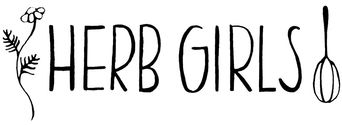
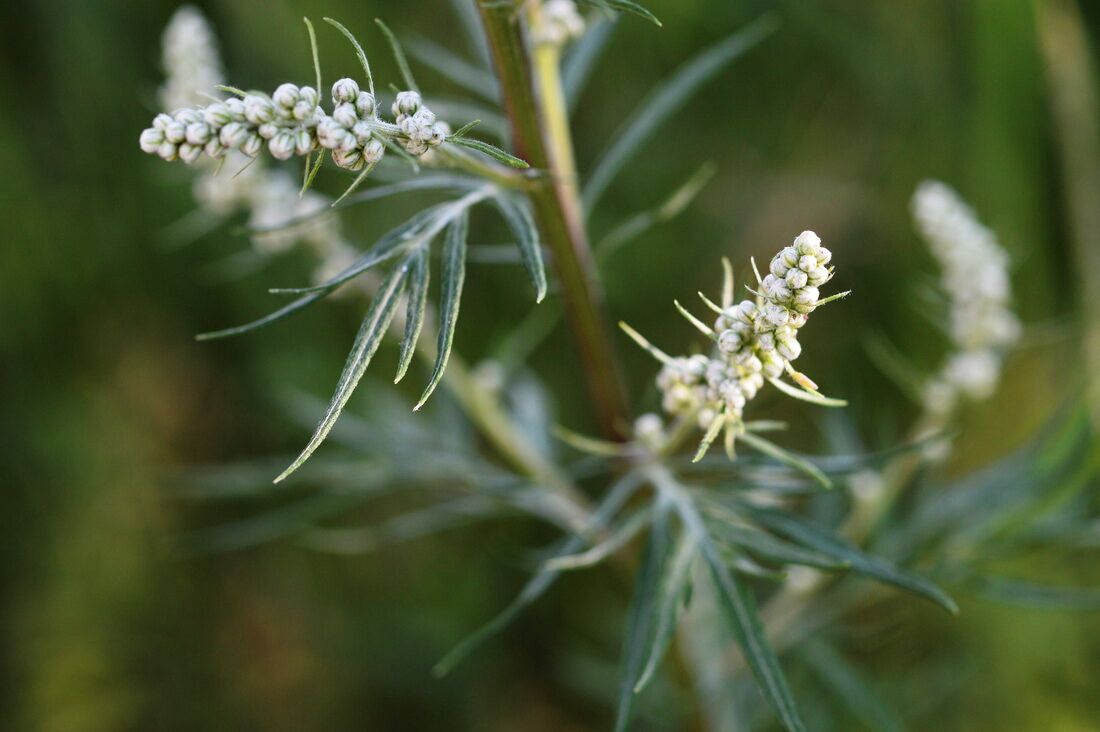
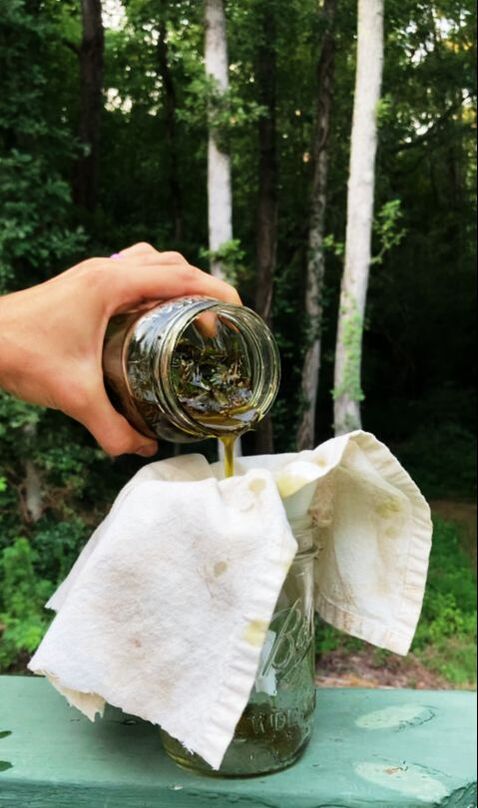
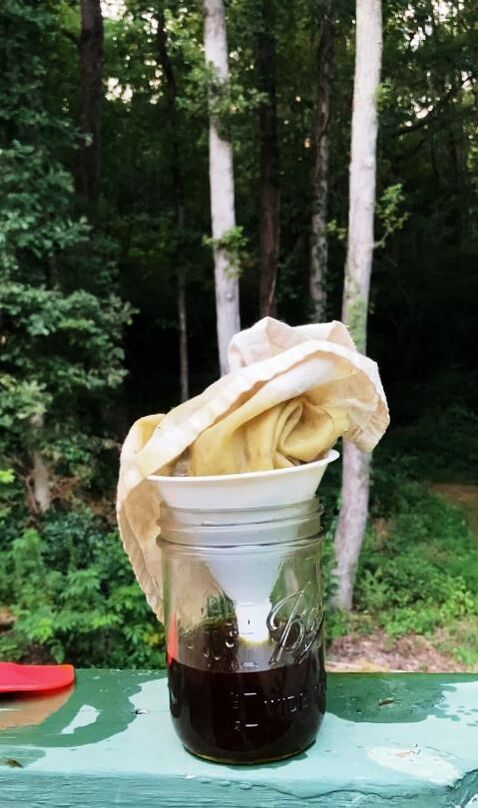

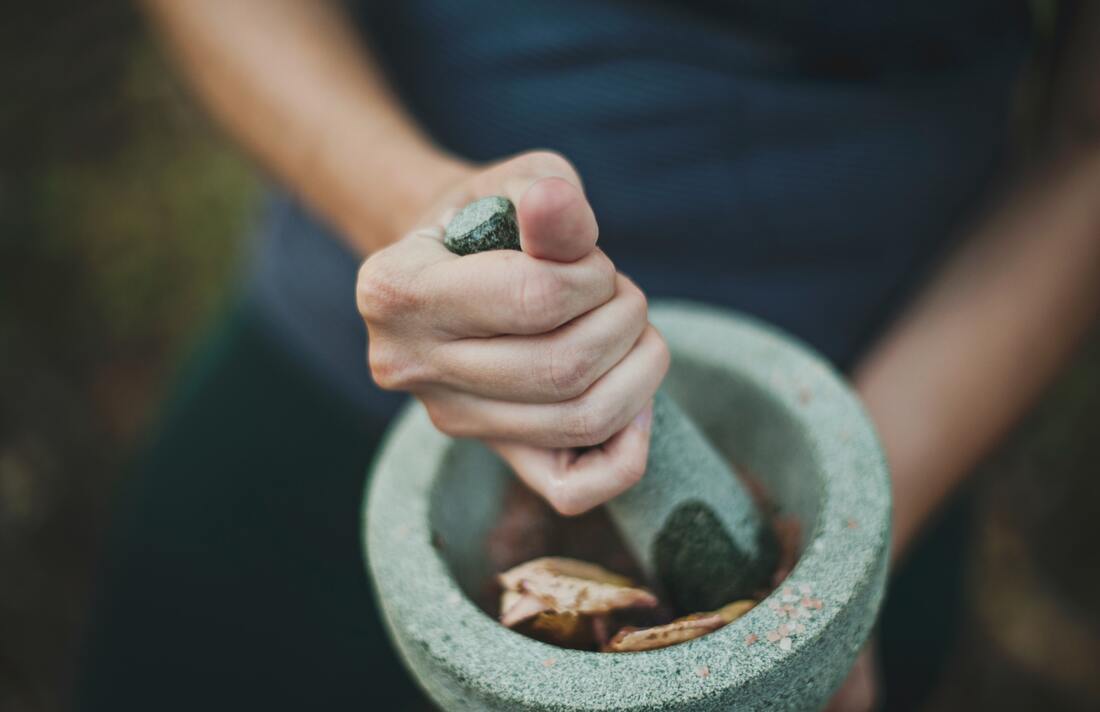



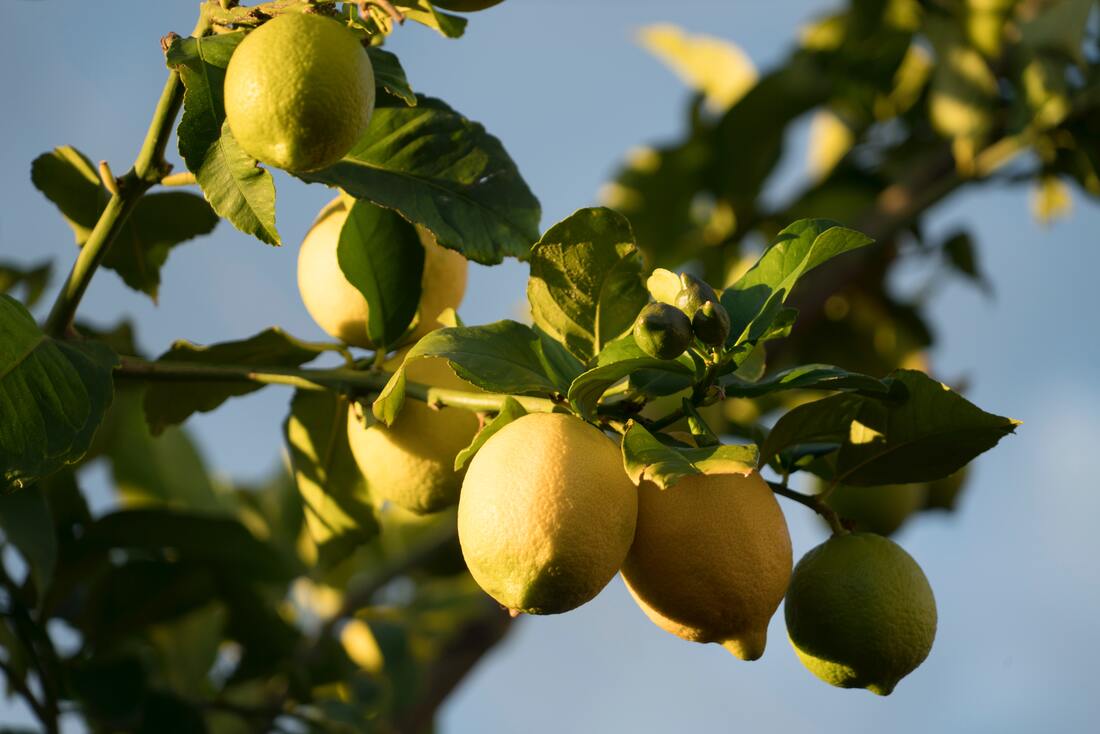
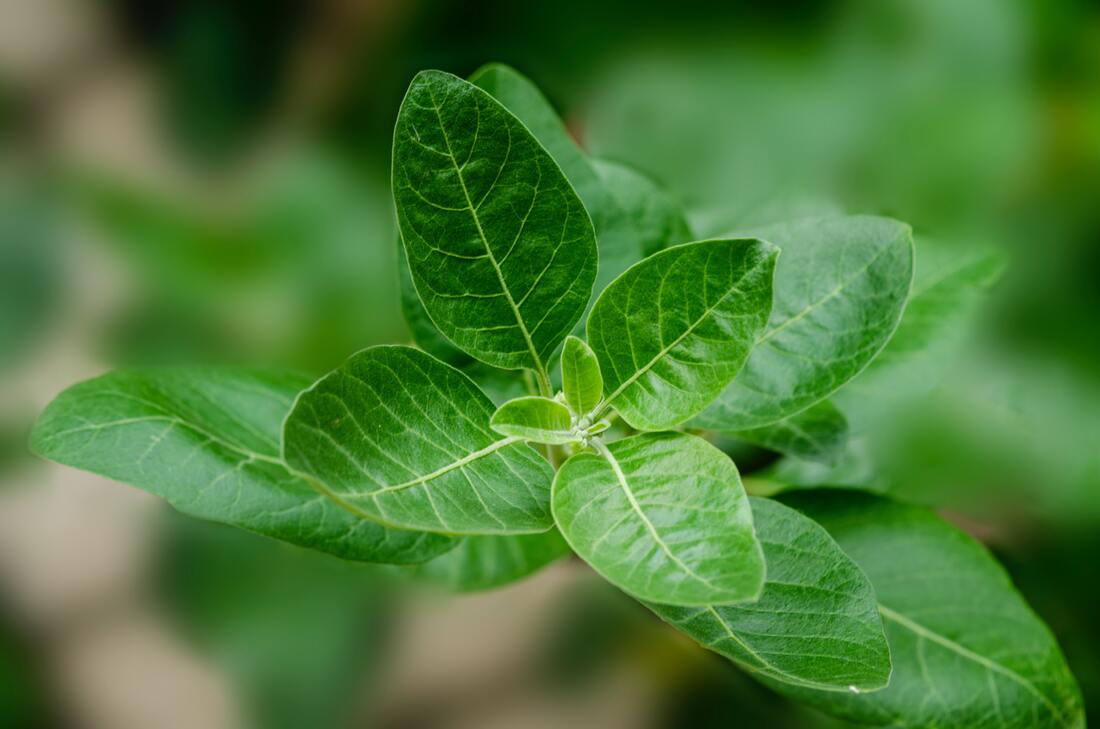


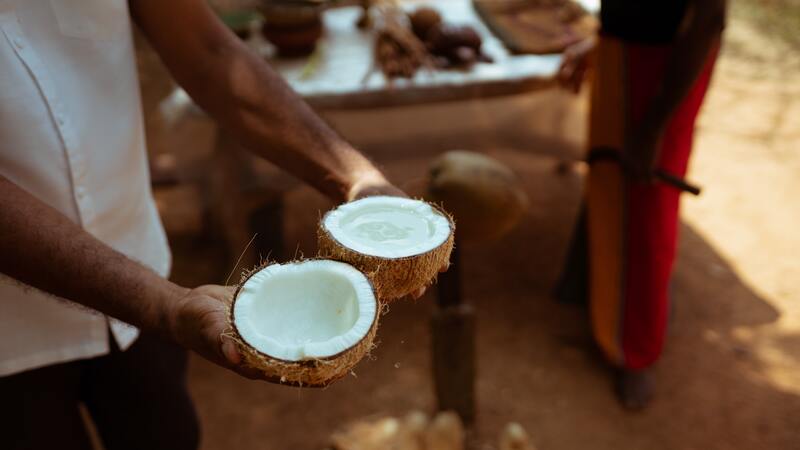
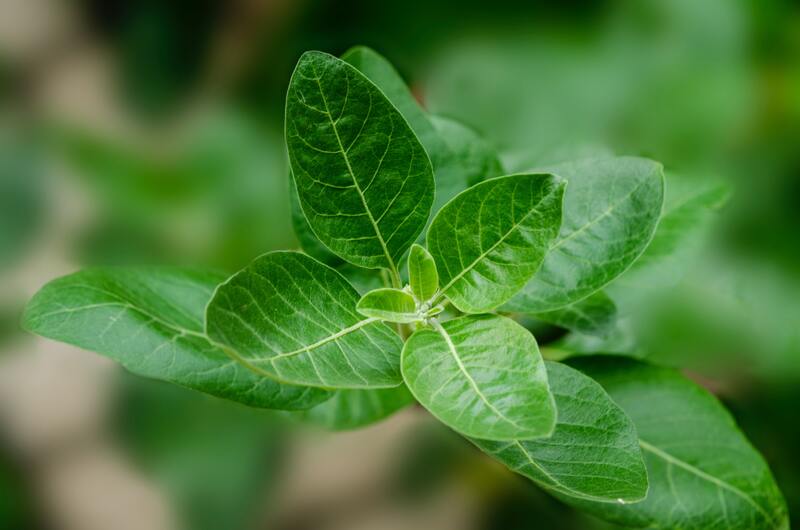
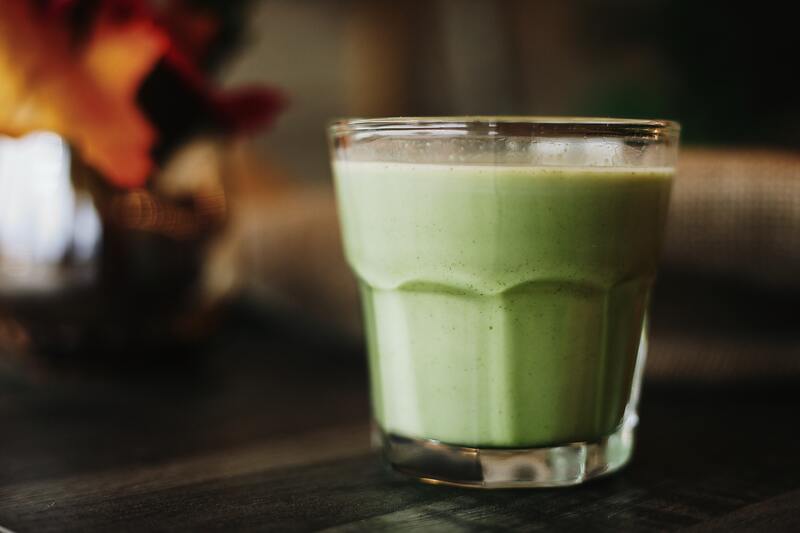
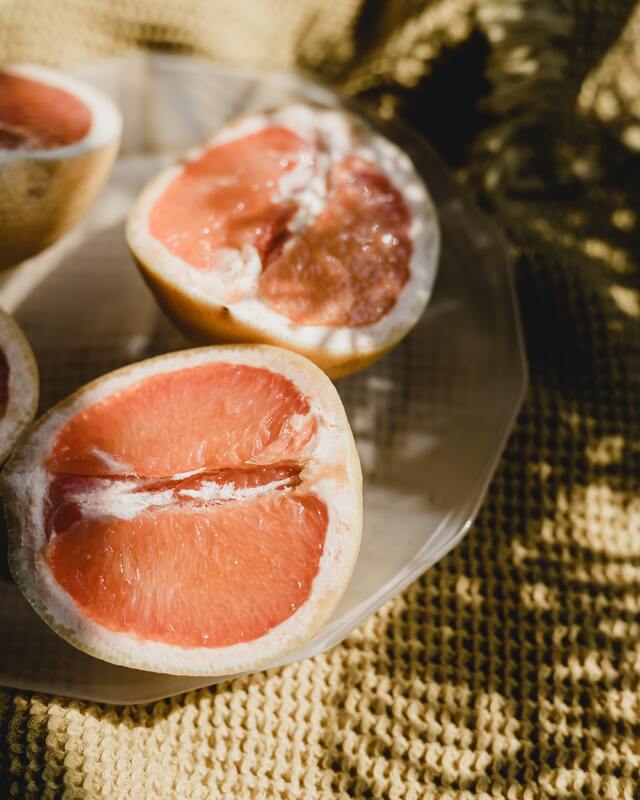
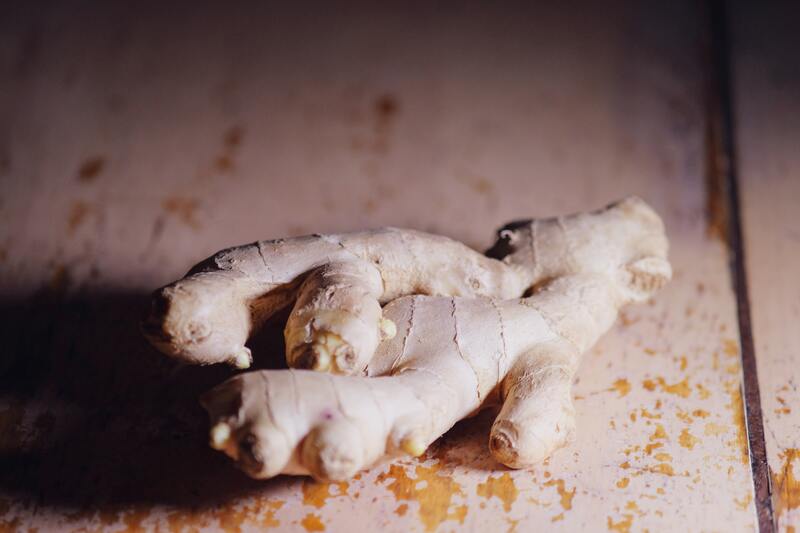
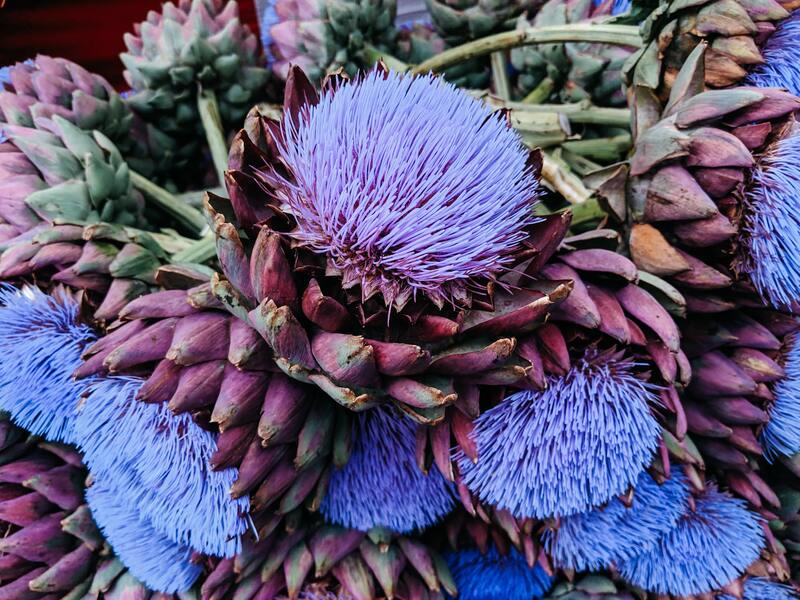

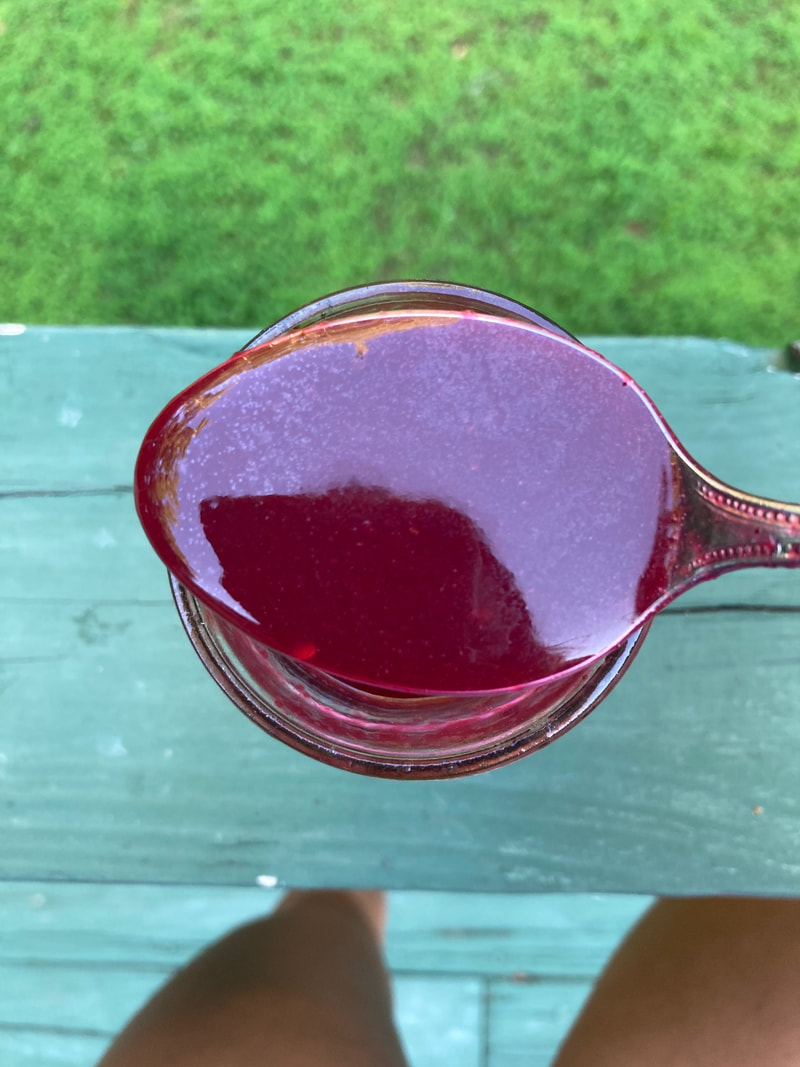
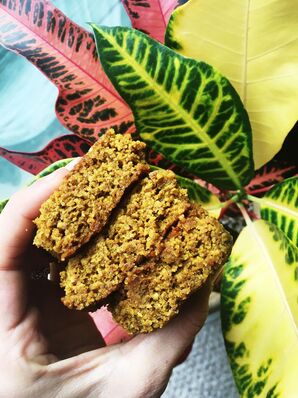
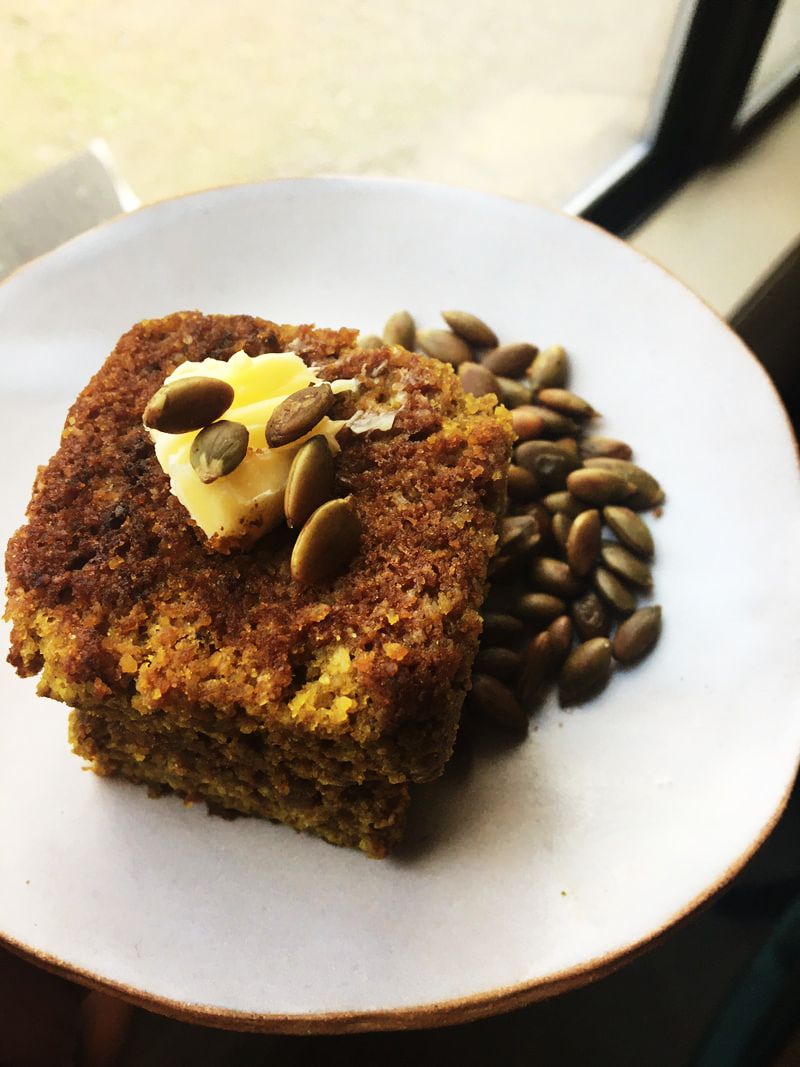
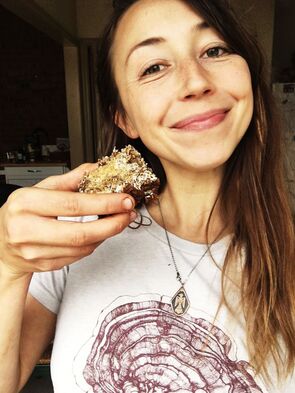


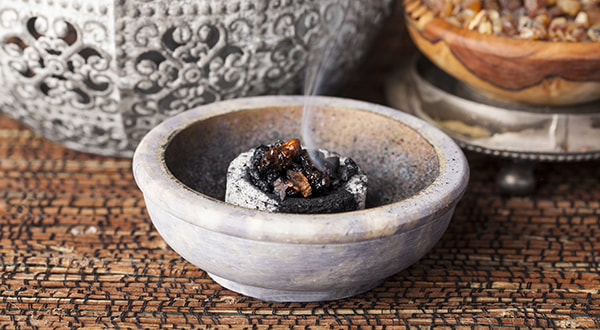

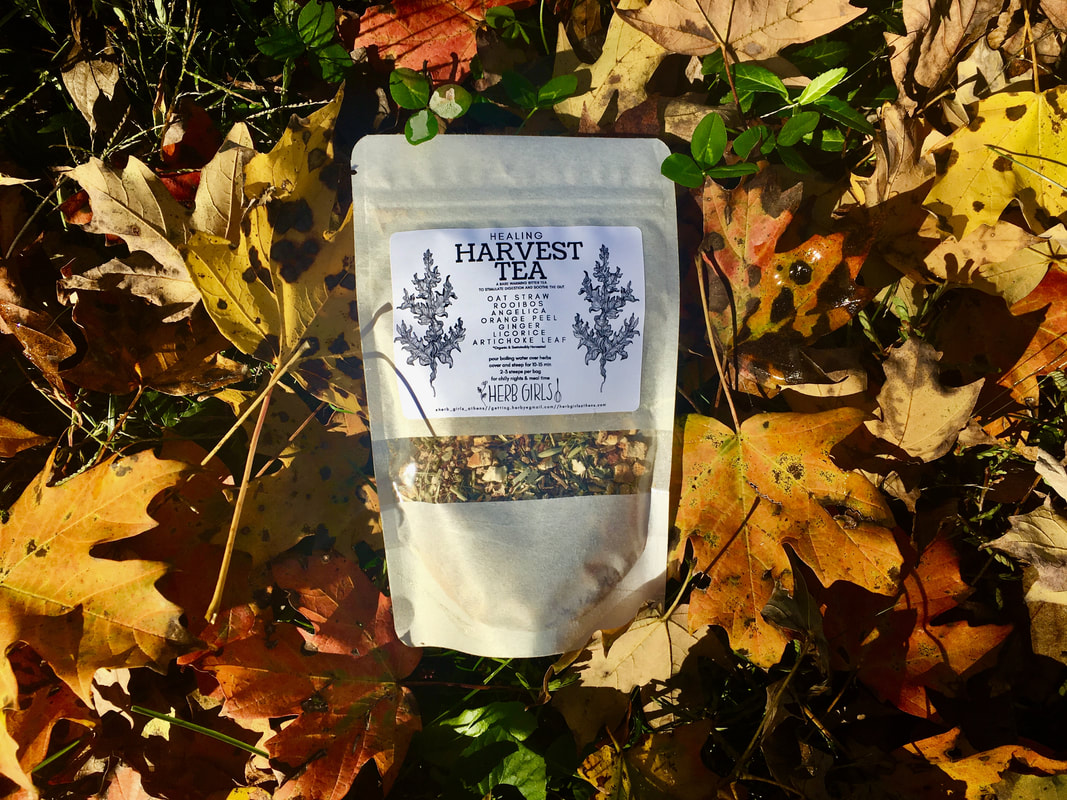
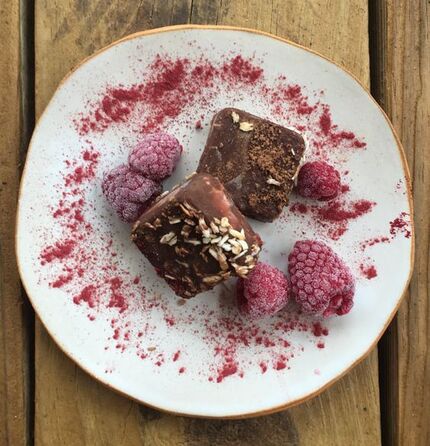
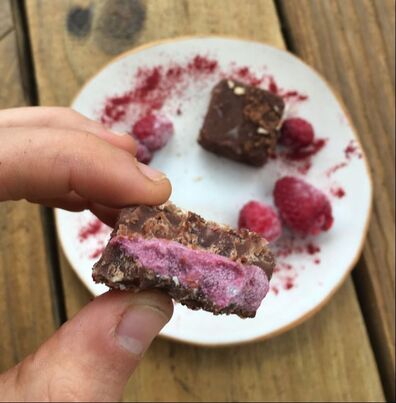
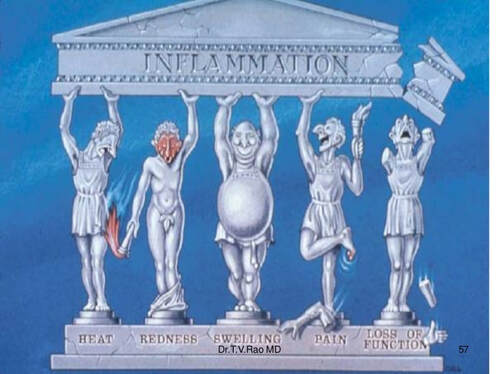
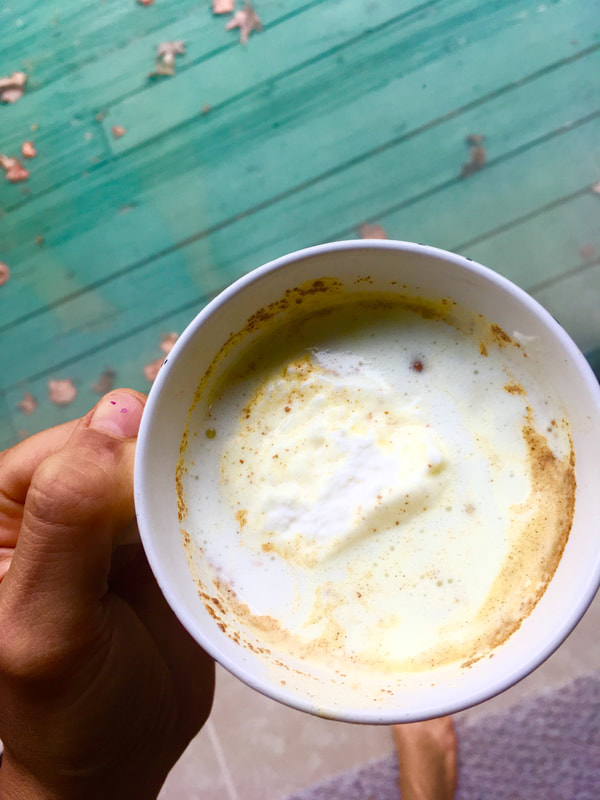
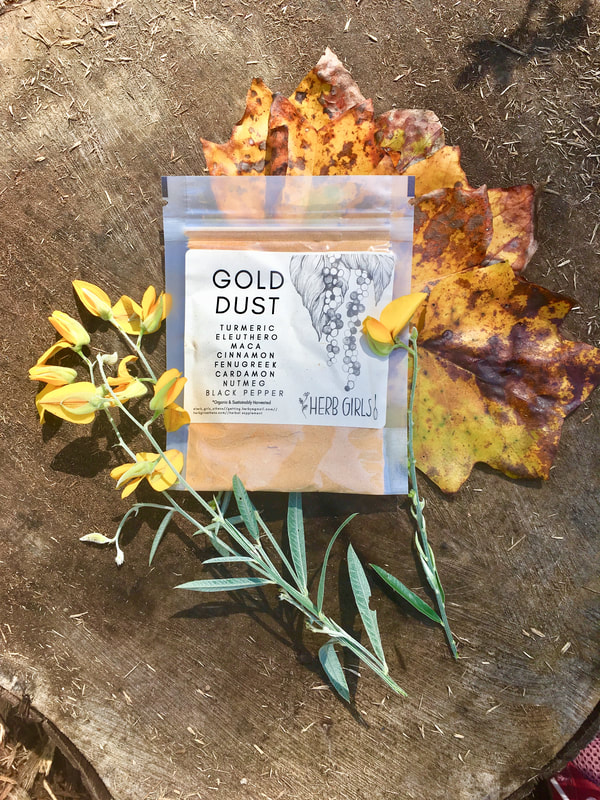

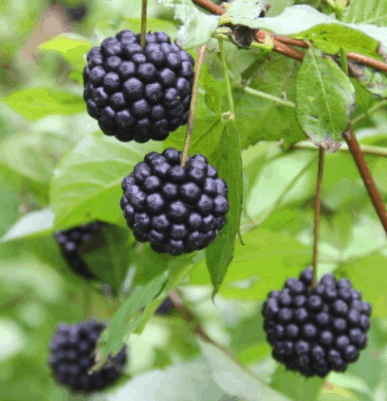
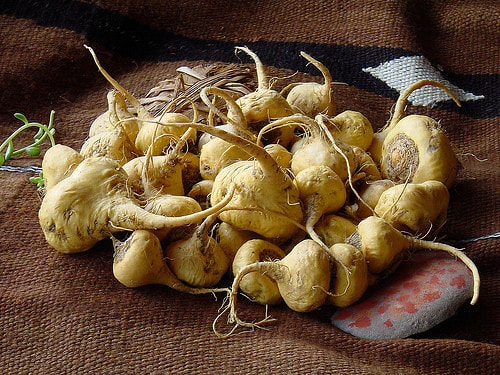
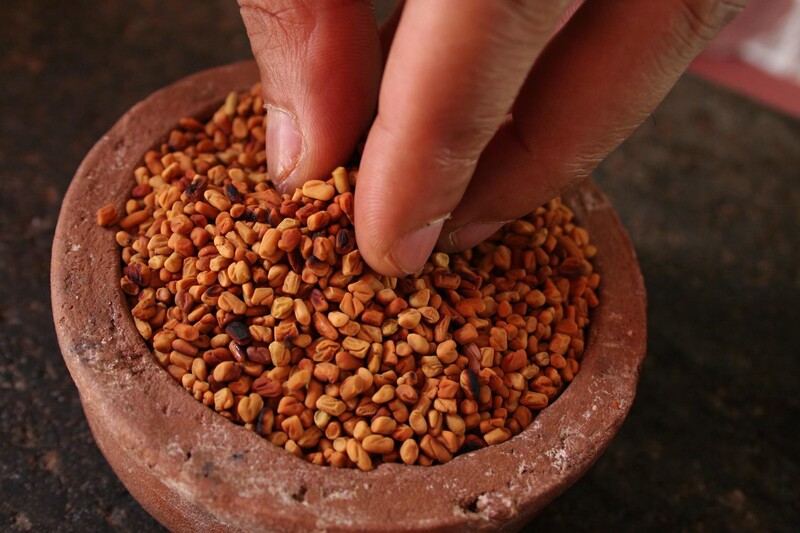
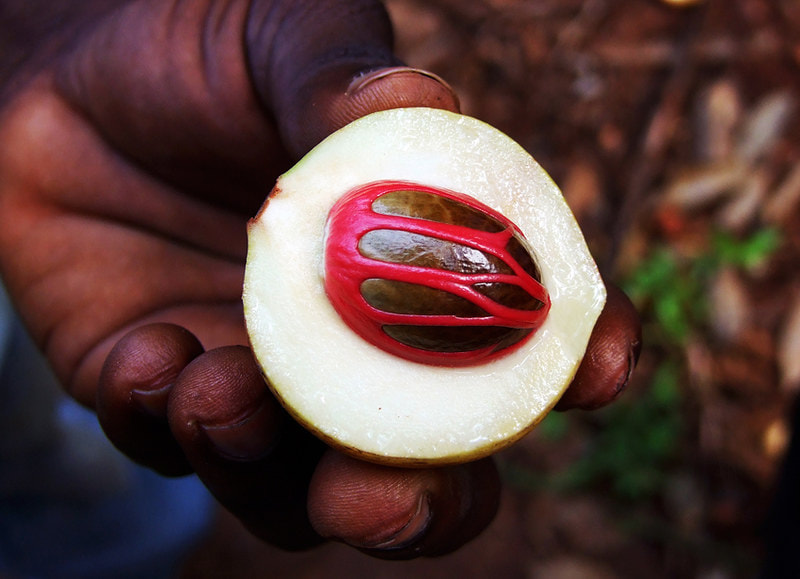
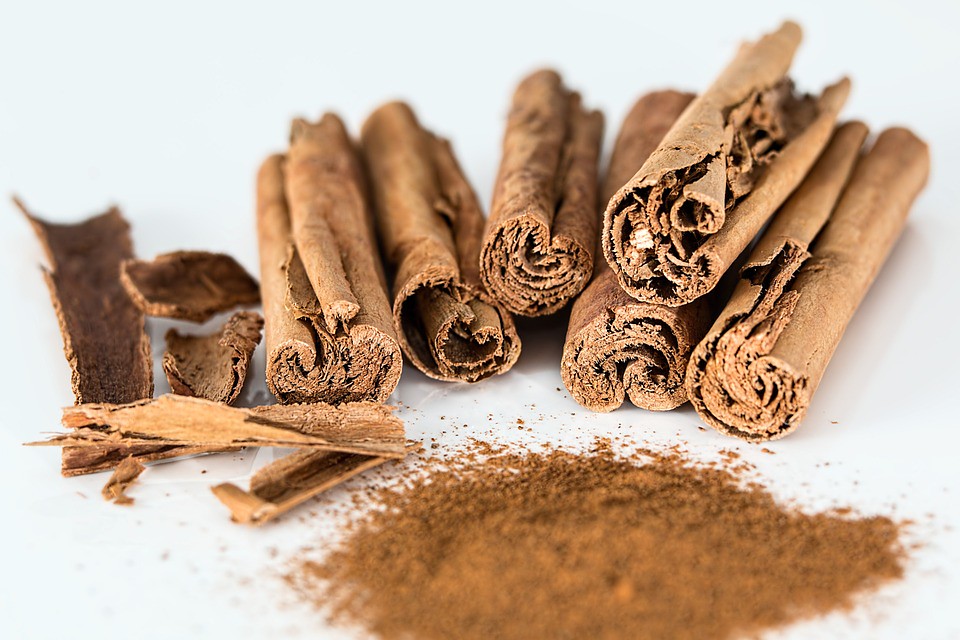


 RSS Feed
RSS Feed
